7 Steps for Making Magical Charms, Amulets, Talismans & Fetishes
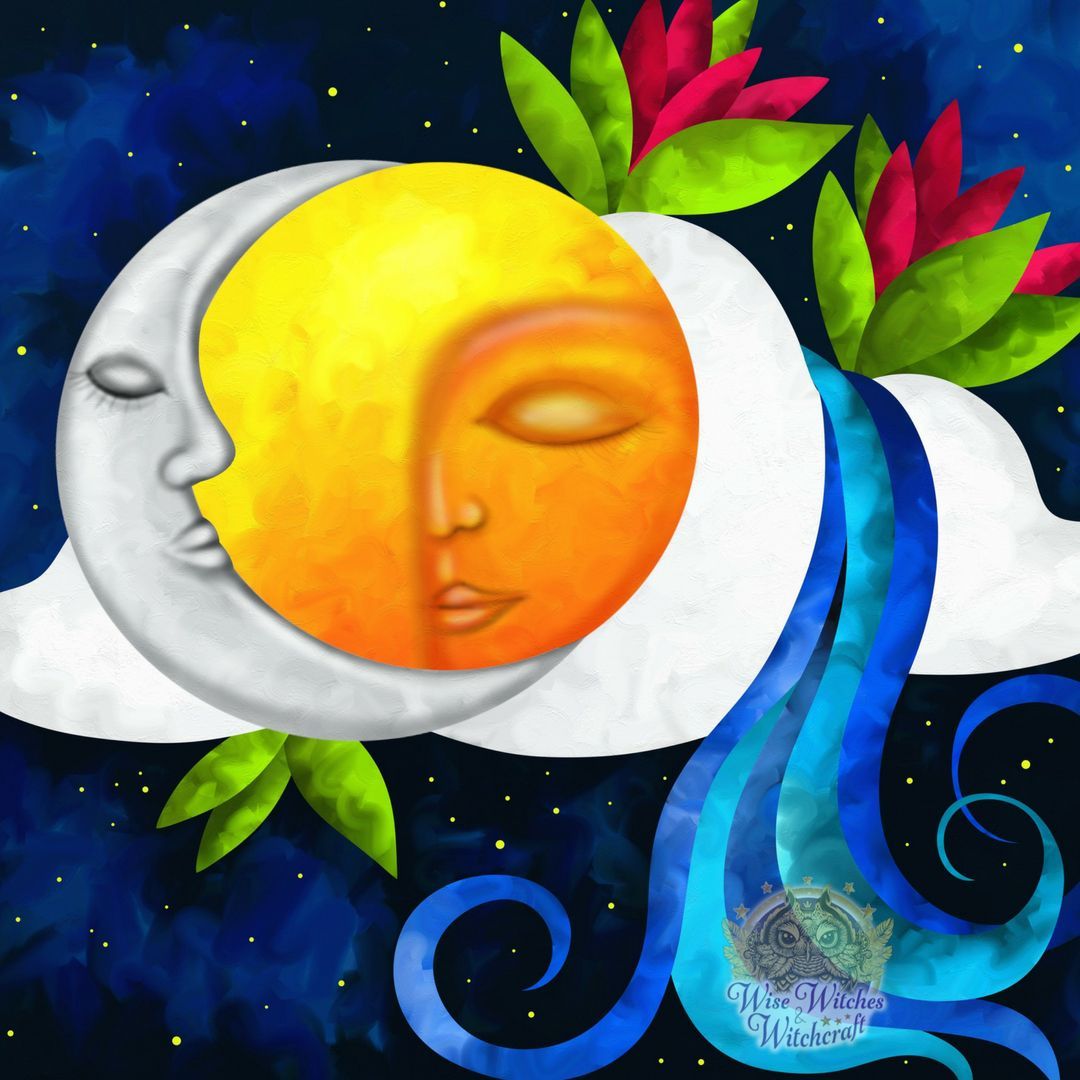
“Invention is a kind of muse.”
-John Dryden
In terms of magical processes, creating charms, amulets, talismans, and fetishes rank as one of the most (if not THE most) popular. Why? Quite simply because our ancestors recognized the value in having a proverbial “to go” order for their magic. In this case, you truly can take it with you! This portable nature means that most items in this category are relatively small (pocket size) otherwise they would be clunky and awkward. Also, keeping these small aids in privacy. Who would think to ask if you had a stone in your pocket, let alone notice one?
The Differences between Magical Charms, Amulets, Talismans and Fetishes
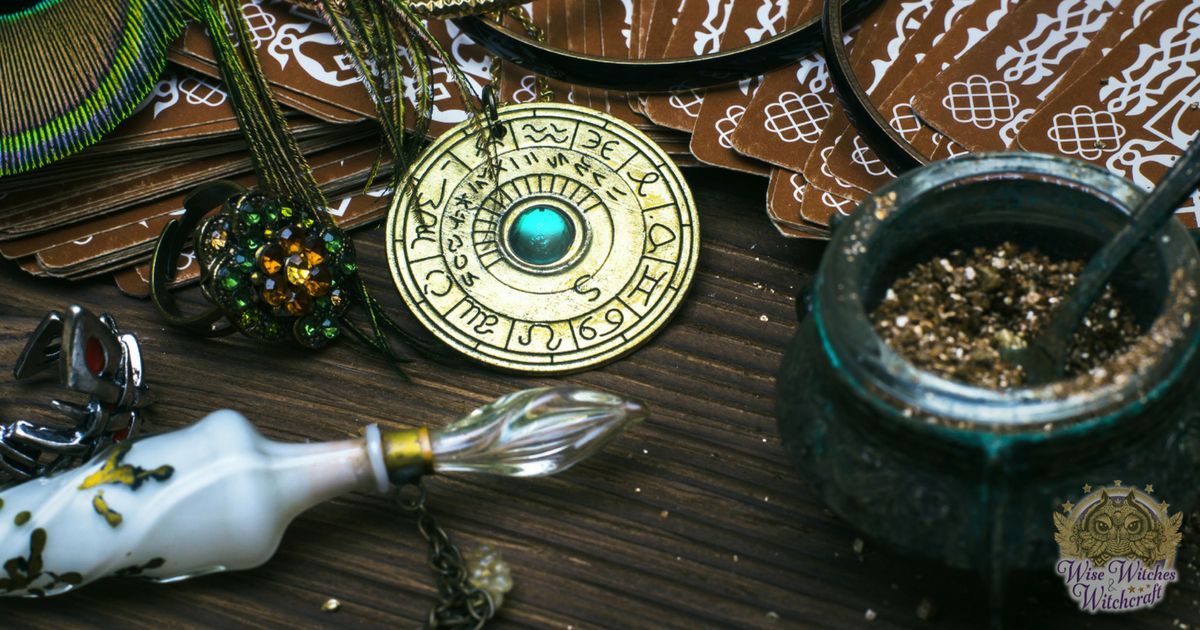
Modern vernacular uses terms like charms and amulets interchangeably. In truth, these are four different types of magical methods here. In deciding what you most need, it helps to understand the differences.
Magic Charms
Charms are the easiest of all types of magic. Charm comes from a Latin term meaning song, verse or incantation. In Middle English, it translated as incantation or magic spell. Boiling this down, a charm can literally be no more than a little verbal ditty that you recite whenever you wish.
For example, there is a folk saying that goes, “See a penny, pick it up. All the day you’ll have good luck.” This is a great illustration of charm work that you could adapt for your personal needs, like, “Pluck a nickel from the ground, surely health will come around!” Many charms now have small tokens that hold the spell’s energy and include a verbal component.
Historical Examples of Charms
- In Neolithic times carrying bones, stones and other trinkets for luck was common particularly among hunters.
- Greeks and Romans wore lockets that showed respect for their Deities, and housed things like a snippet of a woman’s hair to keep her love close.
- In Medieval times a woman would send a “favor” with her husband going into war, which he would then wear. The favor symbolized devotion and also evoked protection (this charm also qualifies as an amulet).
Overall, a Charm’s intent is that of drawing positive energy into your life for things like good fortune, health, happiness and romance.
[wisew_rectangle_large align=”left”]
Magic Amulets
By comparison to charms, an Amulet has protective qualities. In other words, rather than attract specific good vibrations, the Amulet turns or dispells negative ones. People frequently created amulets as a ward against evil, danger, sickness, and death.
Global Examples of Amulets
Greeks and Romans used amulets regularly. Some, such as gemstones, represented the sphere of a specific Deity, thereby entreating Him or Her for assistance. A foot soldier, for example, might carry a red jasper invoking the protection of the warrior God Mars. Here are some other examples from around the world:
- Taoists in China had a special type of calligraphy that warded off evil spirits (the assumption here is that the writing would be carried somehow on a person).
- During the time of Solomon people would carry sacred texts engraved on silver with them, or wear a Star of David, which still has great popularity for protection.
- Catholic religious tools have long had amuletic qualities including the rosary, holy water and using a cross for warding of malevolent spirits.
- Islamic amulets consisted of triangular parcels with sacred verses on them, often used for children or as protection from the evil eye.
- In Thailand carrying blessed coins deters bad luck and sorcery.
Magic Talismans
[wisew_rectangle_large align=”right”]
The word Talisman comes from an Arabic term that roughly translates as “completion, religious rite.” This gives us a peek into the key difference between Talismans and charms or amulets. Talismans were typically created in a ritualistic setting to capture a spirit that would remain in that object. Additionally, Talismans can either attract benefits or repel dangers.
The idea of imprisoning a spirit wasn’t always accepted as “proper,” so that’s where the delineation of Talisman and amulets becomes muddled. In any case, early schools of magic tell us that the Talisman should be created by the person using it. Said individual should know geomantic symbols, Elemental associations, and Astrology as a foundation for their work. Other symbols went into creating talismans too, many of which modern Witch’s still use like colors and aromatics. Many of the amulets in the middle ages included both sigils and verses from texts that work harmoniously with the talisman’s function.
Examples of Talismans
- In Medieval times, a woman might wear a piece of parchment around her neck with suitable words were written upon it during intercourse to bear a child.
- In the 16th century Ottoman flags bore the image of a magical double-edged sword called Zulfiqar along with an invocation to be recited for prowess particularly among calvary men.
- The Seal of Solomon is a talisman used for safety against death, trouble, and evil. This geometric pattern appears in other religious settings as well, often representing a triune Deity, the virtues of wisdom, love, and truth, or the Elements of Spirit and Fire.
- Islamic Talismans crafted as scrolls date back to 900 CE (probably earlier). These had verses from the Quran along with prayers which would be carried in some type of protective container.
Magic Fetishes
[wisew_rectangle_large align=”left”]
Fetishes bore similarities to talismans in that people revered the object for its purported inhabited spirit. The term itself comes from a Portuguese word that translates as charm or sorcery. In the world of magic charms, the Fetish is relatively new, having been introduced in the mid-1700s as a result of interaction with African tribes.
Some Fetishes in West Africa took on the form of animal imagery with the Bull symbolizing providence, the Lion – protection, Wolf – direction and a Bear represented the Shaman of the tribe. Gris-gris bundles and charm bags are examples of Fetishes that came from Africa into the New World. In the Congo, statues were housing small offerings for warding off malicious spirits and magic. These were highly valued and could only be made by the Medicine Man.
Whether the fetish comes unadorned from nature or has artistic elements added to it, the end result is an object with some type of “personality.” In this regard, Fetishism is highly anthropomorphic. In some ways, a fetish’s spirit resembles that of a tethered ghost. The object and indwelling essence are one, and the practitioner then endeavors to appease that essence when asking for aid.
For the modern practitioner, this approach rarely manifests because of shifting perspectives in the world of sorcery. What we do see if offering a nature spirit a place to dwell, such as a gifting a fairy with a plant grown just for that Being. Inside the home, that plant/fairy could become a Fetish (if the Fairy is feeling particularly beneficent).
Steps for Making Portable Magic Items
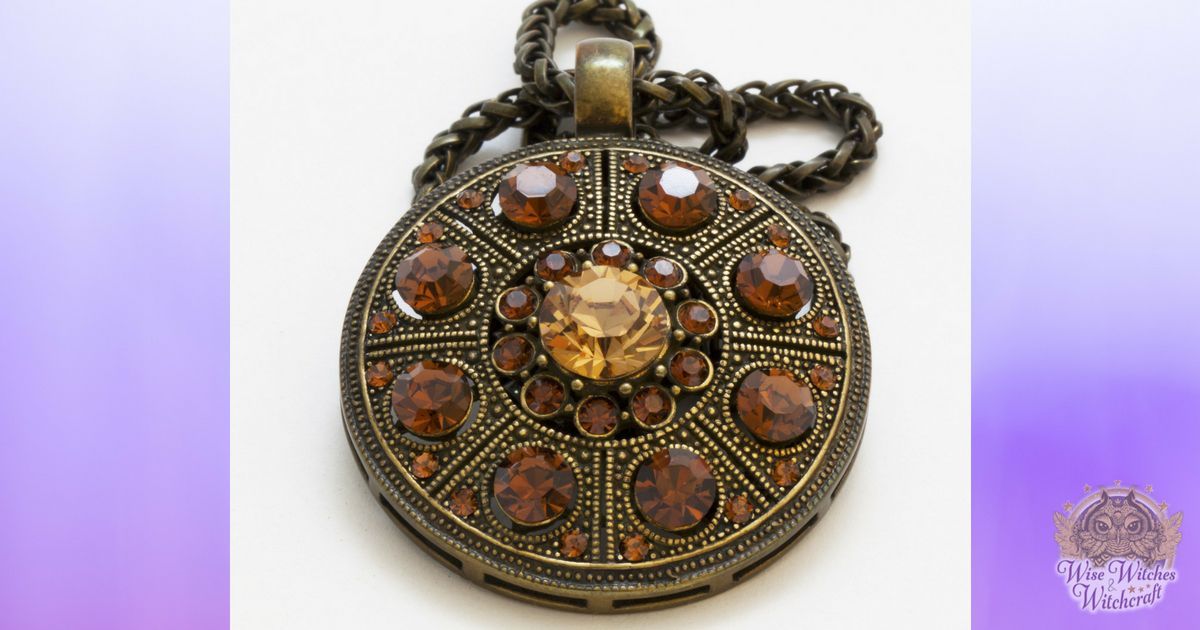
Now that you know what’s what, we can look at the commonalities between charms, amulets, talismans, and fetishes and use those for mapping out a framework for the creation process. For this purpose, we are using charms as an object, not simply a verbal component.
Seven Basic Steps for Making Charms
- Find an object that somehow represents your goal by its shape, color, or other quality.
- Cleanse the object.
- Charge the object (this is especially true of talismans).
- Bless the object by calling on a personal deity or another Sacred power appropriate to your goal (call on the Cosmic Consciousness if that’s more comfortable).
- Work during auspicious astrological phases, if desired. (This is necessary for talismans.)
- Create the charm using spells, incantations, or any other metaphysical methods that will empower it for use.
- Carry it with you regularly, or put it where the energy will do the most good.
Choosing the Object for your Magical Charms
In considering what item(s) should become part of your charm, the final use of the token is of utmost importance. A token for your garden will need to weather the elements. Tokens for children need to be durable and nontoxic. Charms and amulets for pets need to be similarly safe and resistant to wear and tear.
Keep personal charms small. That way you can easily carry a variety with you to meet almost any need as it arises. Don’t overlook the potential in clothing either. A tie can bind magic in its knot, a scarf might be empowered as an amulet for health, and perfume or cologne can become a love charm. Get creative!
Cleansing
[wisew_rectangle_large align=”right”]
After you’ve found the central object, it needs to be cleansed of any residual energy. Cleansing leaves you with a spiritually clean tool into which you can put the energies desired (see Charging, below). To purify your token, pass it through the smoke from a purgative incense (like frankincense, cedar, or pine). Alternatively, soak it in salty or soapy water. If these options won’t work because of the medium’s sensitivity, visualize the object being filled with pure, white light that pushes out any unwanted vibrations.
Charging
Now charge your token. Charging equates to filling the token with energy that’s sympathetic to your goal. For matters of logic, reasoning, power, health, leadership, and the like, leave the token sunlight for several hours. The sun is associated with masculine attributes and the conscious mind. For matters of intuition, maturing, psychism, emotions, inner transformation, and the like leave the token in moonlight for several hours. The moon is associated with feminine attributes and the subconscious or psychic mind. While the token charges up, you can chant, pray, or recite spells over it if you wish. This improves magical potency.
Blessing Magical Items
Step four is blessing. This usually takes the form of a deeply sincere prayer or affirmation. Effectively, a blessing puts the token before the Sacred Powers with a stated purpose and requests that the Divine favor be bestowed on the object and its purpose. By definition, blessing is necessary for fetish creation but optional for other charms. If you are not among the religious witches, feel free to come up with an approach that feels right to you. Basically, you are setting aside this item for a specific magical function.
Work During Auspicious Astrological Times
[wisew_rectangle_large align=”left”]
Step five is optional for all charms except talismans−that of working during auspicious astrological phases. Every hour the day, each day of the week, every phase of the moon, and sun signs can influence a charm’s creation. For example, it might be best to make a charm for drawing love during a waxing moon so love “grows.” Or, you could make a talisman for improved judgment when the moon is in Sagittarius. In and of itself, timing won’t make or break your magical work, but it certainly can help it along. A good astrological calendar will assist you in finding harmonic working times along with the chart below:
Moon Correspondences for Making Charms
Full Moon: maturity, fulfillment, mastery
Waxing Moon: growth, integration, progress
Waning Moon: banishing, decreasing, halting
Dark Moon: rest, peace
Moon in Aries: enthusiasm, loyalty, sincerity
Moon in Taurus: faithfulness, affection
Moon in Gemini: versatility, improved perspective
Moon in Cancer: devotion, thrift
Moon in Leo: magnetism, romance, honesty
Moon in Virgo: generosity, recognition
Moon in Libra: grace, sociability, affection
Moon in Scorpio: pride, zeal
Moon in Sagittarius: idealism, liberation
Moon in Capricorn: dignity, passion
Moon in Aquarius: detachment, optimism
Moon in Pisces: instinct, sentiment
Sun Sign Correspondences for Making Charms
[wisew_rectangle_large align=”right”]
Dawning Sun: new beginnings, hope
Noonday Sun: health, blessings, luck
Setting Sun: endings, completion
Sun in Aries: diligence, determination
Sun in Taurus: persistence, tenacity, friendship
Sun in Gemini: sensitivity, change, flexibility
Sun in Cancer: imagination, security
Sun in Leo: generosity, leadership, confidence
Sun in Virgo: levelheadedness, responsibility
Sun in Libra: charm, diplomacy, communication
Sun in Scorpio: shrewdness, keen-mindedness
Sun in Sagittarius: enthusiasm, tolerance, adventure
Sun in Capricorn: loyalty, practicality, accomplishment
Sun in Aquarius: creativity, self-expression
Sun in Pisces: kindness, love, empathy
Magick Spells and Incantations
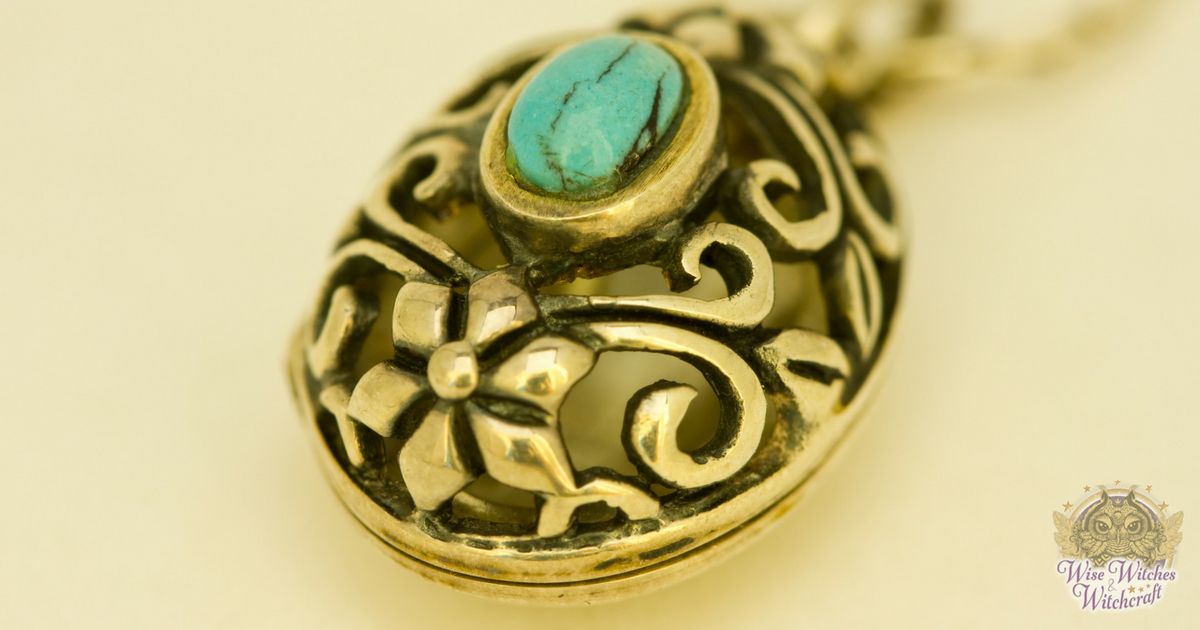
Now you are ready to finish the charm. The methods for completion depend on the object’s use and your personal spiritual path. For example, the charms have incantations that energize them because verbal components were important to traditional charm creation. Use the techniques shown here as a guide to which you add your vision and inventiveness for meaningful and powerful results.
Putting Your Magic Charm to Use
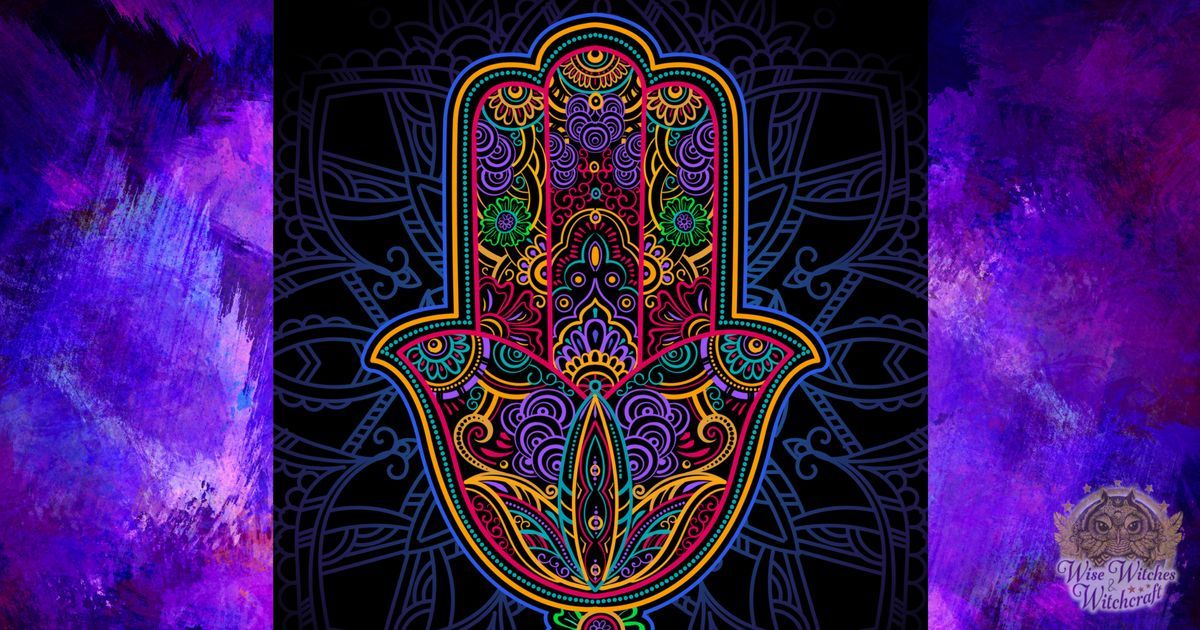
Once created, keep the token in an appropriate place. If you made it for yourself, carry or wear it regularly. If made for your home or the people who live there, put it near the hearth−the heart of a home. For friends, create the charm in the form of a decorative accent piece and give it to them as a gift with a note of explanation. For pets, put the token where they sleep or eat. For children, stuff it in a pillow or sew it into a coat pocket. This way the charm can radiate magic where it will do the most good.
Adapted from, “Wicca 2000,” by Patricia Telesco. All rights reserved.




